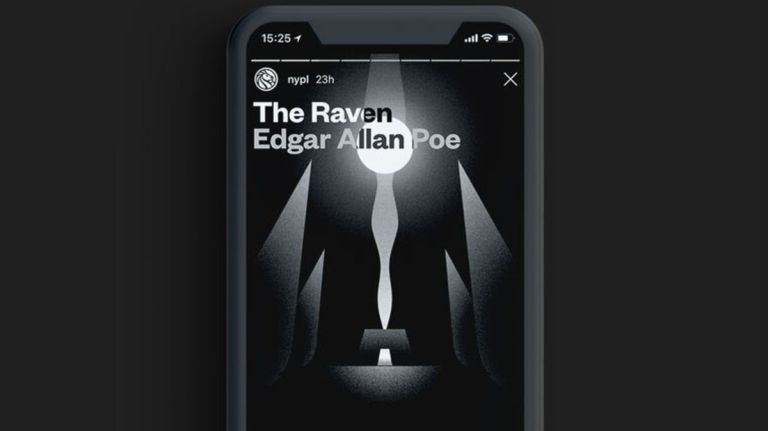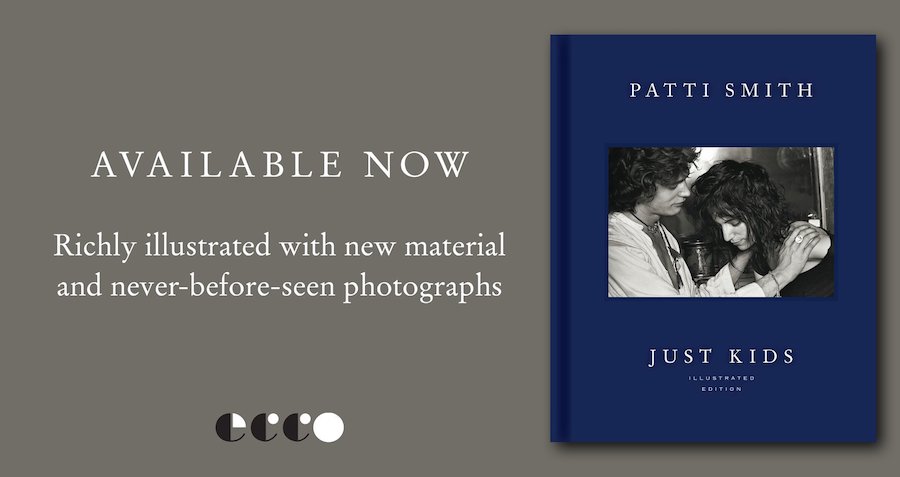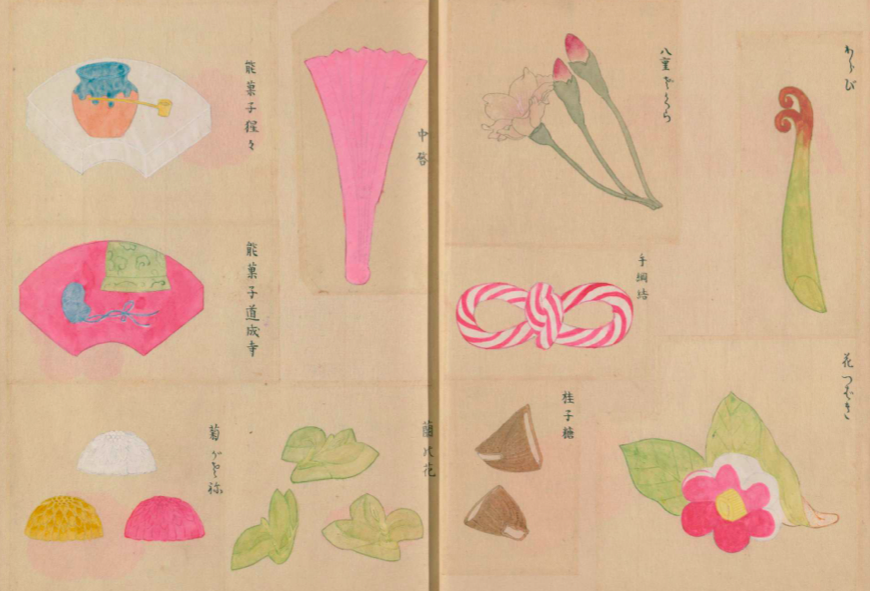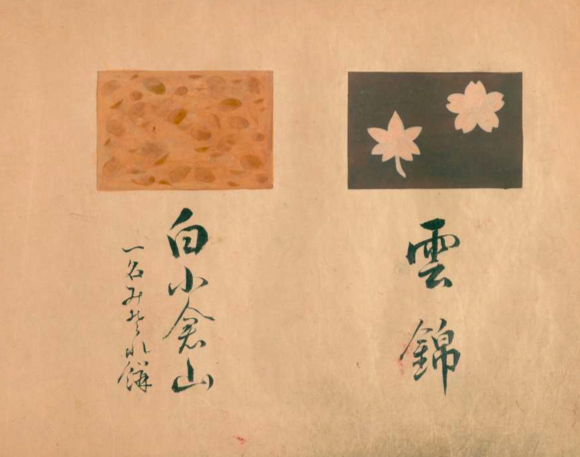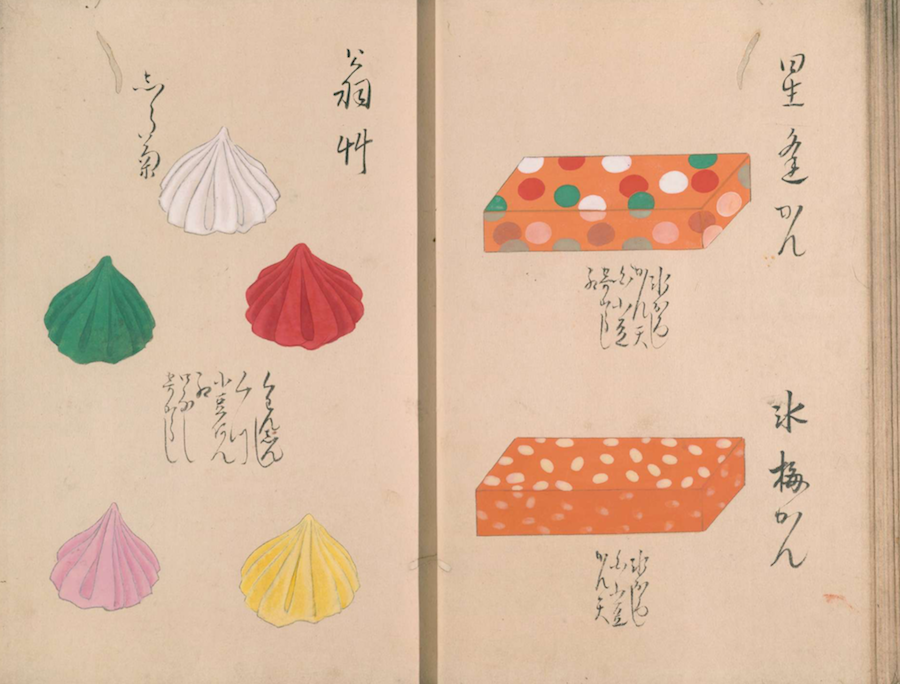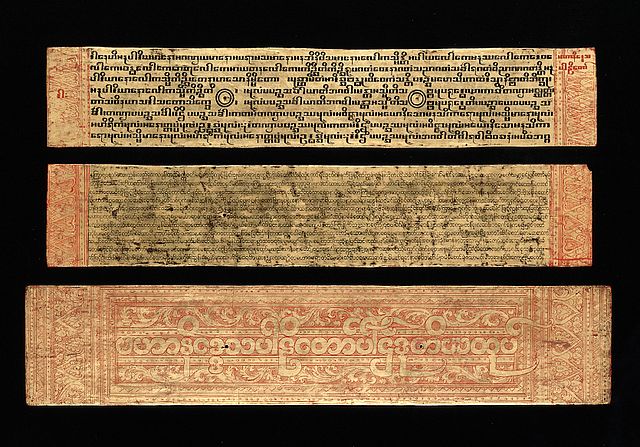“Whatever you do, nobody else can do that better than you. You have to find what you can do better than anyone else, what you have in yourself that nobody else has in them. Don’t do anything that you know, deep in your heart, that somebody else can do better, but do what nobody else can do except for you.” That sounds like fine advice, but when receiving advice we should always consider the source. In this case we could hardly do better: the source is Wim Wenders, director of Alice in the Cities, Paris, Texas, Wings of Desire, and many other films besides, an auteur seldom accused of making movies anyone else could make.
Wenders’ interview clip and the others here come from “Advice to the Young,” a video series created by the Louisiana Museum in Denmark (which has quite an impressive gift shop, incidentally, if you happen to need advice on gift-shopping). Jonathan Franzen, author of novels like The Corrections, Freedom, and Purity, admits to feeling embarrassment about “giving advice to the young writer,” but he still has valuable words for creators in any domain: “The most important advice I have is to have fun, to try to create something that is fun to work on.”
And by fun he means fun like you have on a tennis court, where “you’re not just messing around, you’re not just hitting the ball wherever you want — you are focused on having a game, and once you are in it you are having fun. That’s the kind of focused fun I’m talking about, and if you are having that kind of focused fun, there’s a good chance that the reader will too.”
The range of writers from which Louisiana Museum has sought advice also includes Lydia Davis, whose sensibility may differ from Franzen’s but who has garnered an equal (or even greater) degree of respect from her readership. “You learn from models and you analyze them, you study them, you analyze them very closely, one thing at a time,” she says, beginning her more expansive advice based on her own method. “You don’t just sort of read the paragraph and say, ‘Oh, that really flows, you know? That’s good.’ You say, ‘What kind of adjectives? How many? What kind of nouns? How long are the sentences? What’s the rhythm?’ You know, you pick it apart, and that’s very helpful.” Her other suggestions include to “be very patient, even patient with chaos” and to keep a notebook (“it takes some of the tension and the worry away, because if you write it down, it may just be a note. It doesn’t have to be the beginning of anything”).
“Do what you want to do,” Davis concludes, “and don’t worry if it’s a little odd or doesn’t fit the market.” That bit of guidance seems to have worked for her, and in the great variety of forms it can take seems to have worked for seemingly every other artist. Take Ed Ruscha, for instance, whose canvasses of gas stations, corporate signage, and other icons of American blankness must hardly have seemed geared toward any particular “market” when first he painted them. For the young he has only one piece of advice, received second-hand and briefly delivered: “No one could ever beat this thing that Max Ernst said. They asked him what a young artist should do, and he said, ‘cut off an ear.’ That’s good advice to follow. You can’t beat that.”
Other artists featured in the video playlist include Laurie Anderson, David Byrne, Umberto Eco, Patti Smith & more.
Related Content:
21 Artists Give “Advice to the Young:” Vital Lessons from Laurie Anderson, David Byrne, Umberto Eco, Patti Smith & More
Brian Eno’s Advice for Those Who Want to Do Their Best Creative Work: Don’t Get a Job
To Make Great Films, You Must Read, Read, Read and Write, Write, Write, Say Akira Kurosawa and Werner Herzog
John Cleese’s Advice to Young Artists: “Steal Anything You Think Is Really Good”
Walt Whitman Gives Advice to Aspiring Young Writers: “Don’t Write Poetry” & Other Practical Tips (1888)
Ursula Le Guin Gives Insightful Writing Advice in Her Free Online Workshop
Based in Seoul, Colin Marshall writes and broadcasts on cities, language, and culture. His projects include the book The Stateless City: a Walk through 21st-Century Los Angeles and the video series The City in Cinema. Follow him on Twitter at @colinmarshall or on Facebook.
